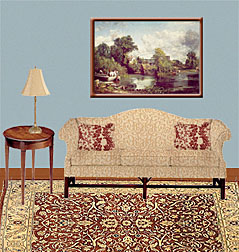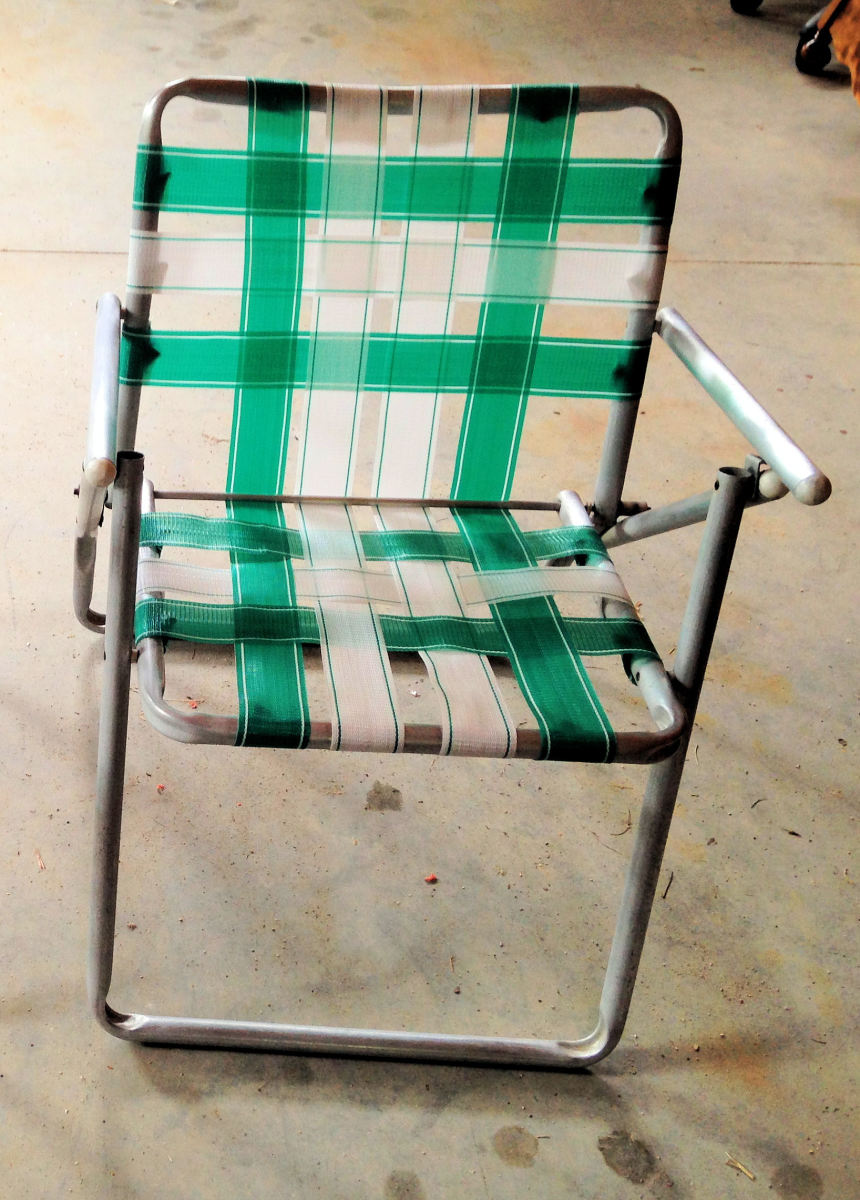How to Mix Patterns in Your Interior Design
A mix of patterns makes a room visually interesting
Pattern is an important part of interior design. It adds texture, color, and diversity. It gives a monochromatic design depth, and adds visual cues to the most colorful and complex rooms.
When you think of pattern, you tend to think of fabrics, striped fabrics or checked, flowered, graphic or geometric. But pattern is also in your arrangement of furniture and accessories, in your flooring and doorways. Pattern is the shape and form of all the elements of your interior design.
A simple way to think of this is to remember your kindergarten days of drawing circles and squares, triangles and rectangles. Your teacher asked you to identify these shapes in everyday objects, such as your desk, the door, a plate, etc.
As you combine these shapes patterns emerge. Very long rectangles make stripes. Squares within squares make checks or plaids. An angled sofa in a room creates a triangular effect. Patterns derive from putting shapes together, from creating shapes by relating objects to each other.
Then fill them in with color.
Now put this into practice. Start with one corner of your living room or family room. Clear the space. Put a round table into the corner, where the walls meet. Put a brightly colored plaid or check fabric over the table. (You can use a kitchen tablecloth or fabric remnant here.) The right angles of the pattern mimic the right angle of where the walls meet. The round tabletop softens the angular feel.
Try doing the same thing with a square table, angling it in the corner. Use the same cloth. Note how it looks bulky and awkward. The angled table is at odds with the right angles of the pattern and corner. Turn the table to fit snugly against the wall. It's no longer at odds, but it's not as visually interesting as the round table.
What this experiment shows is that pattern goes beyond checks, plaids, stripes and flowers. The shape of the furniture influences how a pattern in a fabric looks in your overall design, and where that furniture is in relation to other pieces in the room.

Now that you understand that pattern includes shape and placement, you can move on to the challenge of mixing patterns.
Back to the corner. Put the round table in place with the plaid fabric. Now put a round vase or box or bowl on the table, anything large and round. Notice how the shapes pick up on each other; they relate to each other. If there are like colors in the accessory and the fabric, and you're looking at it and thinking, "Hey, that's nice," you've created a vignette.
It's unlikely your accessory is checked or plaid. It's most likely a solid color or has a graphic depiction of some kind on it. Now it's the colors that are talking to each other, and making the patterns get along.
One of the basic tenets of mixing patterns is to use like colors. The colors tie the patterns together.
Another element in pattern mixing is scale. Really skinny stripes and really big flowers look out of proportion, like clunky shoes with an evening gown. When your patterns are of similar proportions, they can mix more easily. Your eye is better able to distinguish the individuality of the patterns and reconcile them into a cohesive design.
So, when choosing fabrics, consider the shape and placement of your furniture. Link the patterns together with color, and keep them in proportion to one another. These three guidelines are a strong foundation for successfully mixing patterns in your interior design plan.
When considering proportion, also think about how much of one pattern you want, and the relationship of quantity. For example, a very strong graphic print can create a stunning mosaic of color and texture. You'll want a very subtle mix, so as not to clash with or overpower the graphic; let the graphic be in charge. This is where a subtle stripe would be complimentary, rather than a large plaid or flower print.
Quantity is not how many pillows or how much yardage of fabric, but rather it's visual quantity, how much your eye sees when you are in the room. So if using a bold graphic, use enough of the subtle stripe to give the graphic pattern something to relate to.
The last considerations in mixing patterns are texture and style. The bold graphic is edgy, modern, sleek. You'll want your stripe to be sleek as well. For example, if your graphic material is a silk blend, be sure your stripe is similarly lightweight and has a smooth finish to it.
If you're going for a cottage look, brushed cottons and linens, along with wool for contrast and added texture, are appropriate. You'll want patterns that are close to nature, such as warm toned leaf prints and plaids.
Your furniture will be low to the ground with rounded cushions and high backs, so the textural features of your brushed cottons will exude comfort.
The bold graphic pattern would not be at home in your cottage design. Nor would a sleek glass vase or industrial style lamps.
The shape of the above mentioned vase and lamps add to the patterns of your fabrics and furniture. Because you are going for a cottage design, your accessories need to be softer, rounder, and made from natural materials. Think wood bowls and table lamps with ceramic bases.
The first layer of pattern the eye sees is in fabric. You want to support the mix of fabric patterns with the shape and texture (materials) of your accessories.
This is what brings a room together. The shape and placement of furniture relates to patterns. The mix of patterns works when you tie them together through color and proportion, through style and texture. Your accessories mimic the pattern mixes through shape, color, and materials.
Once you've developed these levels of patterns, your interior design plan will come together easily and successfully.






